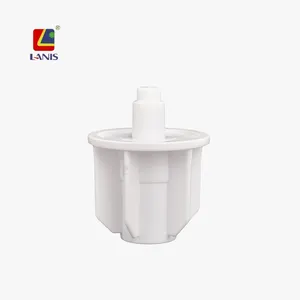

China Factory M8 Window Curtain Clutch Roller Blind Mechanism


Bottom Blinds Cordless Top Down Bottom Up Honeycomb Blinds



















Up and down blinds, a versatile window covering solution, cater to a variety of privacy and lighting needs. This category encompasses a range of styles and mechanisms that allow the blinds to be adjusted from the top down or bottom up, offering a customizable balance between natural light and seclusion.
Roller blinds and zebra blinds are popular variants within the up and down blinds category, each providing a unique aesthetic and functionality. Roller blinds offer a simple, streamlined look, while zebra blinds feature alternating sheer and opaque bands for a more dynamic design. The roman shade is another type, adding a classic touch with its fabric folds.
Materials range from natural fabrics to synthetic composites, each selected for durability and ease of maintenance. The choice of material affects not only the appearance but also the light-filtering capabilities and insulation properties of the blinds, making it a crucial consideration for buyers.
Installation options for up and down blinds include built-in, side, and ceiling mounting, providing flexibility to meet various window configurations. This adaptability ensures that up and down blinds can be tailored to different spaces, whether it be a living room, bathroom, or bedroom.
The design spectrum of up and down blinds ranges from contemporary to traditional, allowing them to complement any room's decor. The aesthetic appeal of these blinds lies in their clean lines and the ability to control light with precision, making them a functional yet stylish choice for any setting.
With an increasing focus on environmental impact, up and down blinds are designed to enhance energy efficiency. By allowing natural light in while providing insulation, these blinds can contribute to reducing reliance on artificial lighting and heating, thus potentially lowering energy consumption.